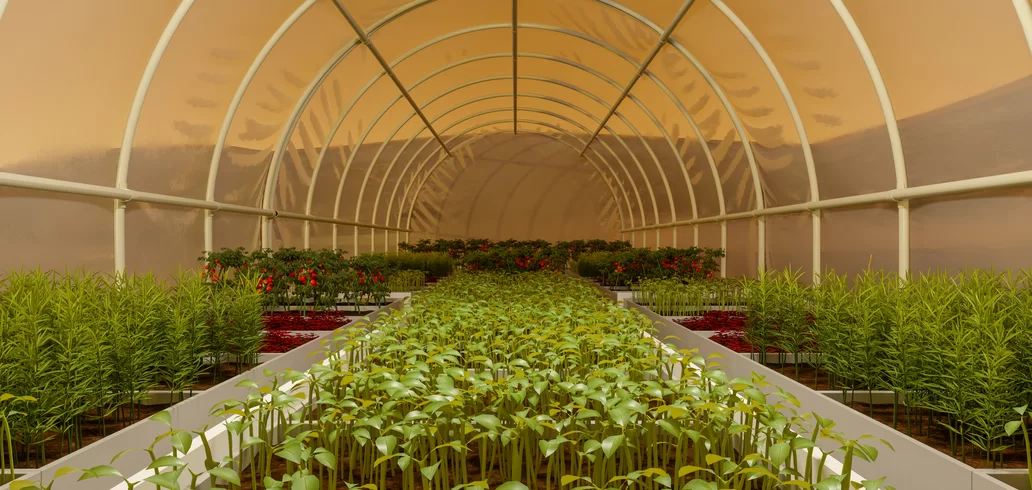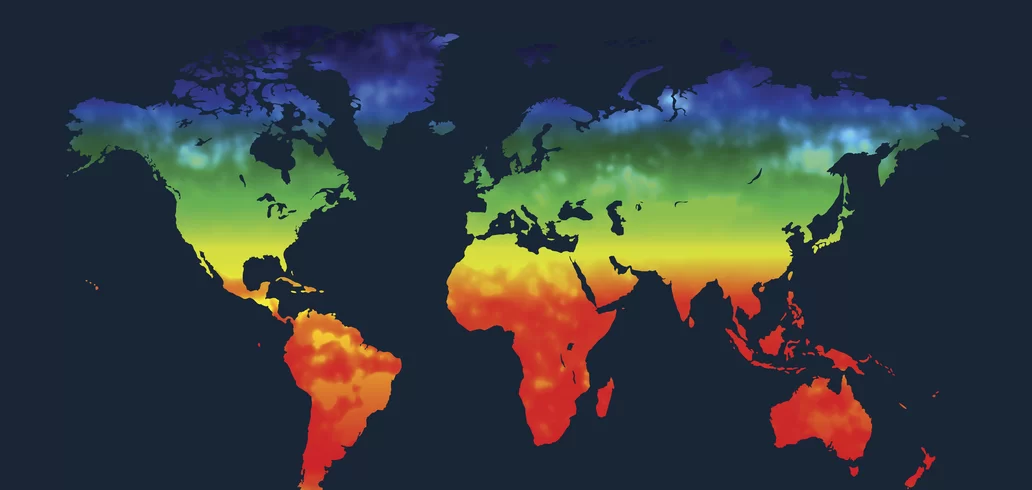News
Potato controversy: US officials want to turn potatoes into cereal
Advertisement
How do the US Dietary Guidelines work?
The U.S. Dietary Guidelines are a series of recommendations issued by the United States Department of Agriculture (USDA) and the Department of Health and Human Services (HHS). These guidelines are reviewed and updated every five years and provide evidence-based guidance on healthy eating and physical activity to promote health and reduce the risk of chronic diseases such as obesity, type 2 diabetes, heart disease, and certain cancers.
Dietary guidelines are developed by an advisory committee of experts in nutrition, public health, medicine, food science, and other related fields. This committee reviews the most recent scientific literature on nutrition and health and makes recommendations based on the best available evidence.
The U.S. Dietary Guidelines generally include recommendations on:
1. Consumption of macronutrients, such as carbohydrates, proteins and fats.
2. Intake of specific nutrients, such as vitamins, minerals and fiber.
3. Limits on the consumption of certain foods or nutrients, such as saturated fats, trans fats, sodium, and added sugars.
4. Promotion of healthy eating patterns, such as the Mediterranean Diet or the DASH (Dietary Approaches to Stop Hypertension) eating pattern.
5. Recommendations for regular physical activity.
Dietary guidelines are intended for health care professionals, policy makers, food and nutrition professionals, and the general public. They are used to inform government nutrition programs, school meal policies, food labeling guidelines, clinical guidance, and public education about healthy eating.
It is important to emphasize that dietary guidelines are based on the science available at the time of their development and may be updated as new evidence emerges.
Where do the potatoes go?
Potatoes are one of the most widely consumed foods in the world and have a wide variety of culinary uses. Here are some of the main uses for potatoes:
1. Human Consumption: Most potatoes grown are intended for human consumption. They are prepared in a variety of ways, including boiled, baked, fried, grilled, mashed, and other forms. Potatoes are an important source of carbohydrates, fiber, vitamins, and minerals in the diets of many people around the world.
2. Industrial Processing: A significant portion of potatoes are processed by the food industry to produce products such as French fries, potato chips, dehydrated mashed potatoes, pre-cooked and frozen potatoes, among others. These products are popular in many parts of the world and represent a large portion of the processed food market.
3. Animal Feed: Some potatoes are used as animal feed, especially in areas where they are not suitable for human consumption due to quality or size standards.
4. Alcohol Production: A small portion of the potatoes can be used to produce alcohol, such as vodka or other spirits.
5. Other Uses: Potatoes can also be used for other non-food purposes, such as in the production of starch, adhesives, bioplastics and in the pharmaceutical industry.
In short, potatoes have a wide range of uses, from direct consumption as food to use in processed products and other industries. Their versatility and nutritional value make them an important resource in many parts of the world.
Trending Topics

Income of US$1,300/month and organized routine: discover what a Hotel Housekeeping Assistant does.
With a monthly income of US$1,400 and a defined routine, the Housekeeping Assistant in hotels stands out for its stability and relevance.
Keep ReadingYou may also like

How to Find Cheap Flights: Tips and Apps
Discover how to find cheap flights with tips, tools and strategies that guarantee the best deals for your trips.
Keep Reading


